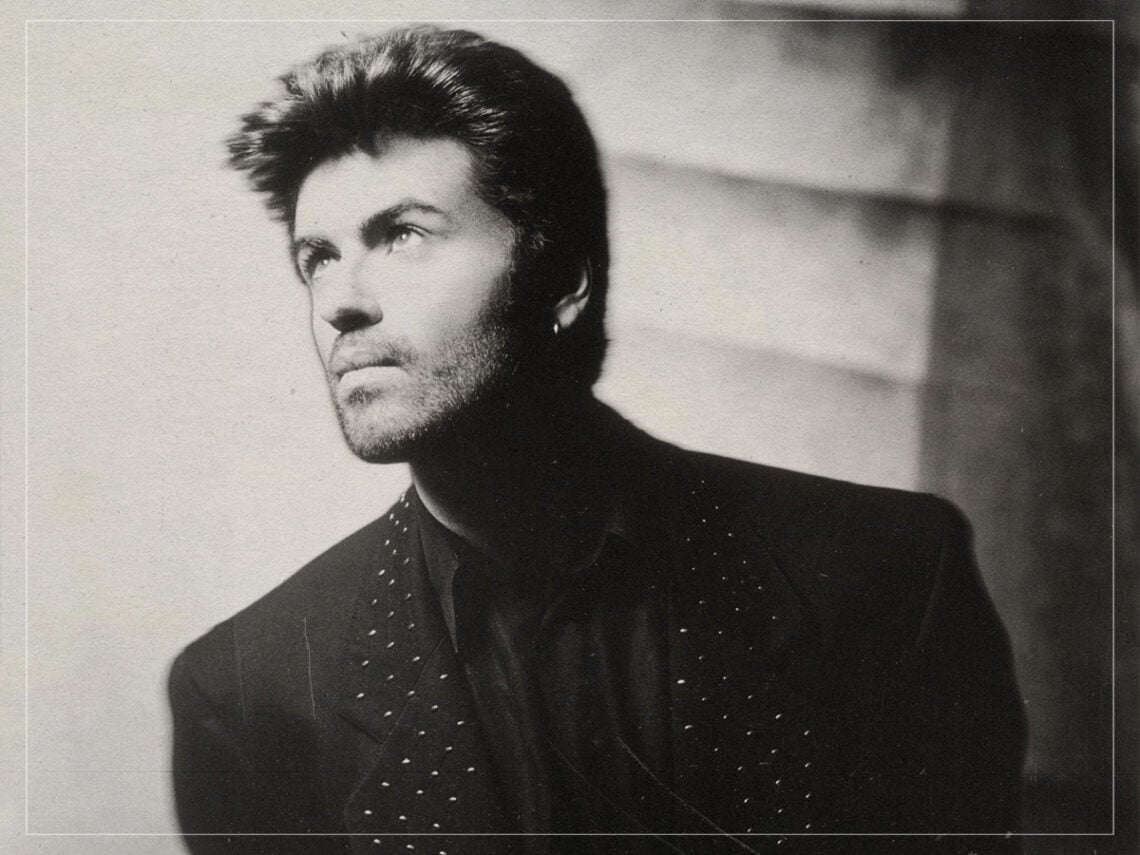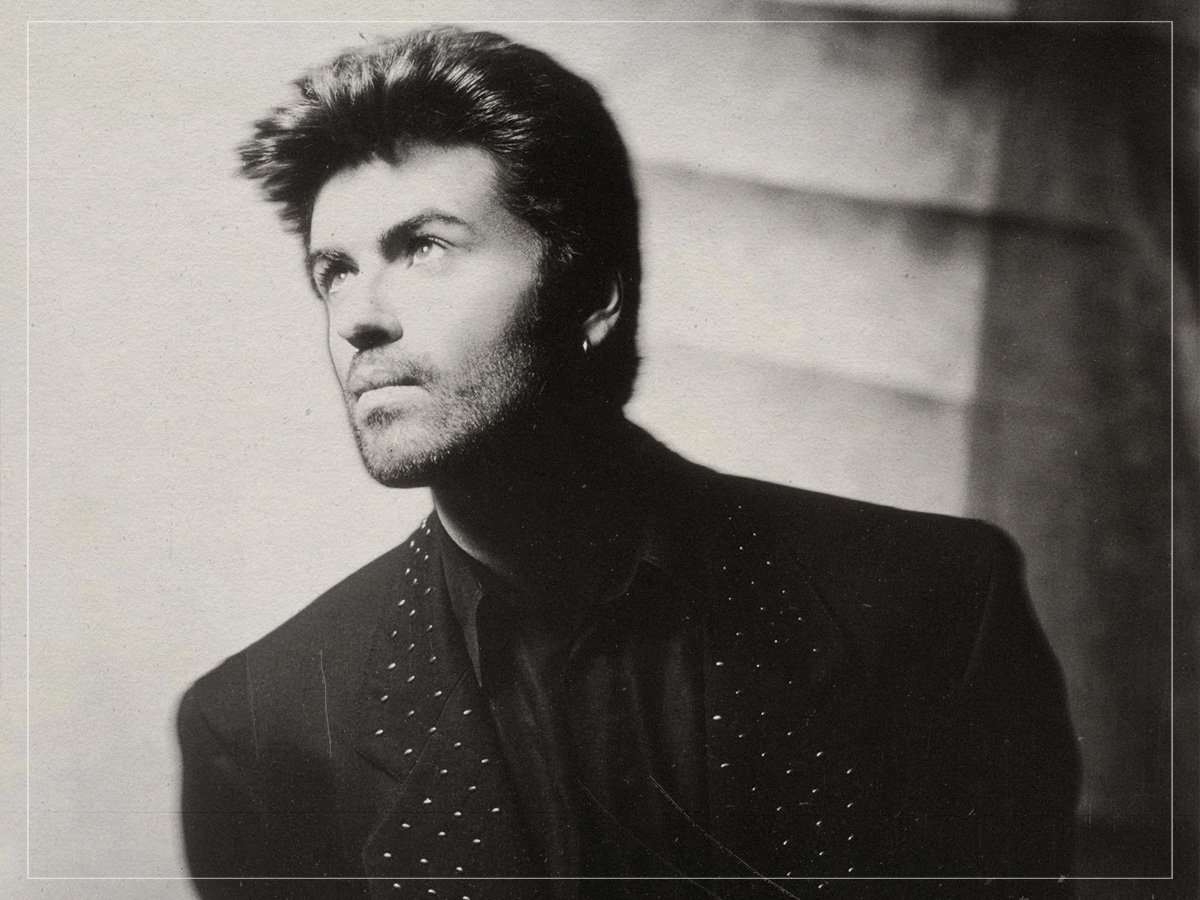
(Credits: Far Out / George Michael)
Mon 23 June 2025 17:30, UK
There was definitely a time in my musical education when I subconsciously veered towards artists deemed cool. Come on, we’ve all done it, fought through an album like a tough steak, convincing ourselves that upon completion we’ll have discovered something as enlightening as they tell us, only to become more self-assured later and realise its crap.
Taste is your taste, and as much as you’d like to convince yourself you’re a David Bowie fan, maybe you’re an out-and-out Queen lover, and that’s fine.
Maybe pitting those two artists at different ends of the spectrum is somewhat harsh, but Queen were rock opera gods for the masses. Pairing monster riffs with soaring vocals, the band soaked its listeners in a bona fide brand of rock that even their most nuanced and sprawling ballads felt instantly palatable.
While Bowie, albeit a chart topper himself, was looking for any opportunity to operate at a more refined frequency. And so while hipster fans might try and tell you their favourite record of his is Low, they might actually mean Hunky Dory.
Either way, his perennial evolution made him inherently cool, the prime tastemaker in all of world music and his lead was to be followed by all. And so he rarely needed collaborators, for his artistic identity was so multifaceted, he had more than enough ideas of his own to keep him occupied.
But in 1981, he joined forces with Queen to deliver one of their greatest hits. And for George Michael, a fan caught in the centre of my pre-assigned spectrum, with one cool foot in Bowie’s camp and another, unashamedly in the commercial glitz of Queen, it was an odd pairing.
“You know, it’s funny at the time because I was a Bowie fan and I was a Queen fan,” the legendary songwriter explained. “But I kind of thought Bowie was a on a level of coolness that was way above. So I was surprised Bowie worked with Queen, and I’ve always thought that record… the first half of it sounds like Bowie wrote his half of the song and Freddie was just mucking about”.
He added: “You know, it’s all the de-de-de-de-de and all that rubbish. But then the second half of that record is genius, where it all opens up and you get all those big melodies. And so I kind of didn’t really like it at the time, but recently I realised it’s actually two thirds of a brilliant record. And actually the lyrics to it apply really strongly now, if you listen to it. They really do.”
Michael’s ear was attuned to the reality of the song’s recording, which was rumoured to be fraught given the warring creative ideas of the band and Bowie. The song tapered Queen’s signature guitar solos in place for tighter arpeggios and a more direct focus on the vocal melody led by Bowie and Freddie Mercury. And so there is a case to be argued that the half-hearted vocal adlibs were a replacement for the melodic expansion denied to Queen’s guitarists and became the sonic reflection of what happens when two great, but very individual artists join forces.
Related Topics
The Far Out Music Newsletter
All the latest music news from the independant voice of culture.
Straight to your inbox.
